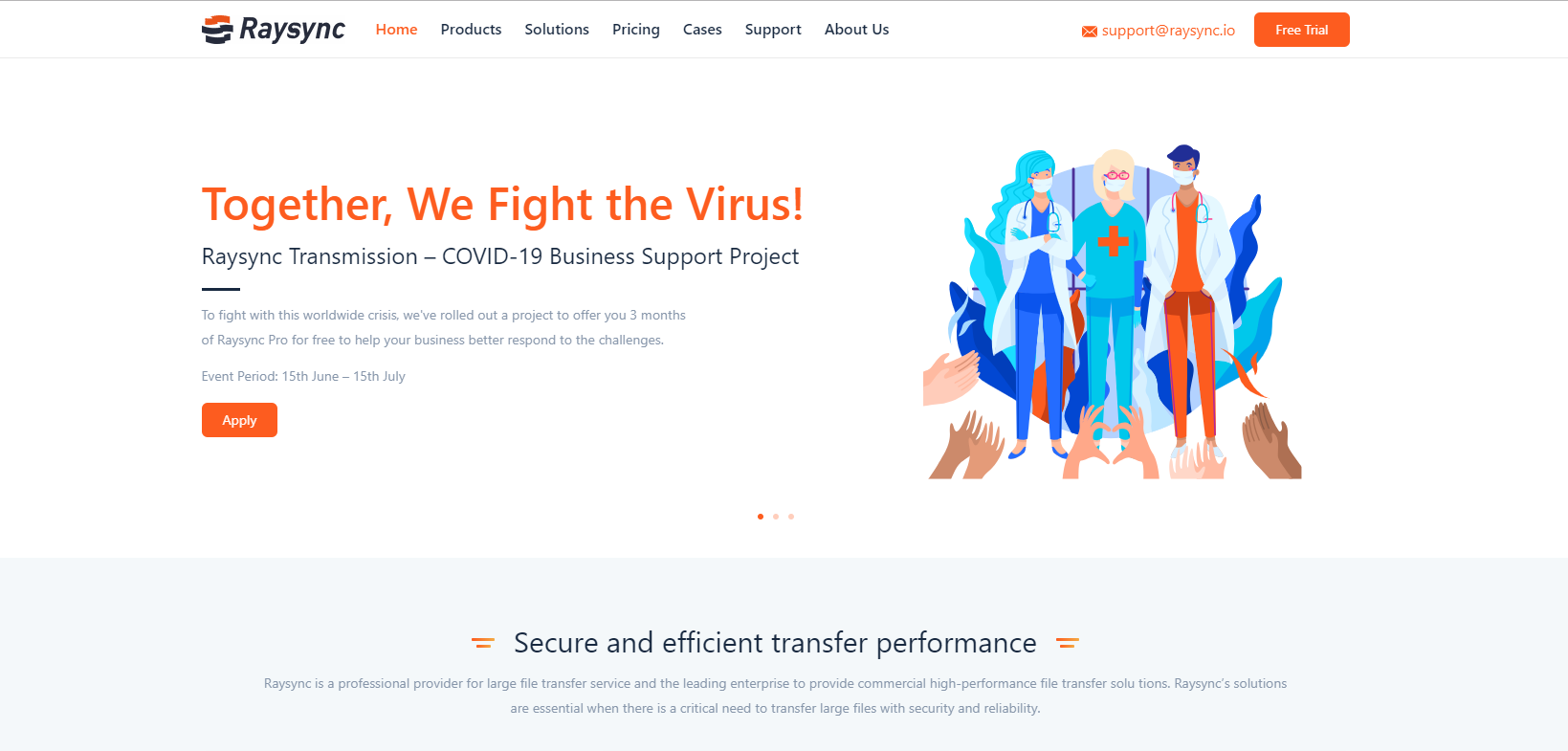How to realize efficient large file transfer?
Currently, many enterprises face many challenges and difficulties in large file transfer, such as network bandwidth limitations, high network latency, poor network stability, and low file security. These problems not only affect the transmission speed and efficiency, but also may lead to data loss and leakage, bringing losses and risks to the enterprise. Therefore, how to realize efficient large file transfer, break through the transmission limitations, and easily transfer large files is an urgent problem for enterprises to solve.
In this article, we will introduce and analyze several commonly used large file transfer methods and tools, as well as their advantages and disadvantages and applicable occasions from the perspective of enterprises.
Use of compression tools
Compressing large files into ZIP or RAR format can significantly reduce the file size, thus accelerating the transfer speed. Compressing files into smaller packages using widely available compression software such as WinRAR or 7-Zip can improve overall transfer efficiency. Compression tools can also encrypt and split files to improve their security and reliability.
But it is not everything, there are some disadvantages. Firstly, compression and decompression need time to consume computing resources, affecting time and labor costs, secondly, the format and content of some files cannot be compressed, and finally, compressed files need to have the same or compatible compression software in the receiver, otherwise they cannot be opened and used normally. Therefore, the use of compression tools is suitable for transmitting some large files that have high compressibility, are not in urgent need of use, and do not require online preview.
Using large file transfer software
There are some software and services in the market that offer one-stop file transfer features that can be used to solve any problems encountered during file transfer by way of their services. Using this approach can make transferring large files faster, easier, and safer.
For example, Raysync (a private deployment solution that can also be accessed in the public cloud, and users from enterprises and social organizations can apply for a free trial) is an enterprise-grade big data transfer software based on the self-developed Raysync high-speed transfer protocol, which is able to break through network limitations and make full use of the network bandwidth to achieve ultra-low latency, high-speed, end-to-end output services, and increase the transfer efficiency by more than a hundred times, which can easily meet the requirements for the transfer of TB-level large files and massive small files at extremely high speed. It can easily meet the demand for high-speed transmission of terabyte-level large files and massive, small files. Meanwhile, Raysync also has powerful encryption technology and authentication mechanism, which can ensure that the files will not be tampered with or leaked in the transmission process. It also has a friendly interface and process to easily manage and control file transfer. It realizes efficient large file transfer in scenarios such as cross-country, long-distance, and massive small files.
Split Files
Splitting a large file into multiple small files for transmission can avoid errors during transmission that can cause the whole file transmission to fail. Using a file splitter such as HJ-Split or File Splitter makes it easy to split files into smaller parts and reassemble them on the target computer. Splitting files also makes it easy to perform breakpoints and checksums to ensure data integrity.
Again, not all types of large files can be transmitted in this way, first, because it takes up computing resources, secondly, you have to use the same or compatible file splitter, thirdly, if the split volume is damaged, it may lead to file damage to the entire risk is relatively large, so the use of split files is suitable for the transmission of some high divisibility, does not need to ensure the integrity of the file, and does not require an online preview of the large files.
Utilize cloud storage services
Upload large files to a cloud storage service such as Google Drive, Dropbox, etc. and send them to the recipient via a shared link. Doing so not only bypasses network transfer restrictions, but also ensures that the files are securely transferred and stored. Cloud storage services can also provide online preview, editing, collaboration and other functions to facilitate the management and use of files.
Its application scenarios are relatively wide, but it is not suitable for enterprises with high security, there may be data security and privacy issues in the cloud storage service, if the sharing link is leaked or the cloud service is attacked, it may lead to data theft or deletion, it is suitable for the transmission of large files that can be previewed online, need to be collaborated, and are not too sensitive.
Conclusion
To realize efficient large file transfer, we can take a variety of measures. By trying different methods and tools, we can easily transfer large files and break through the transmission limitations, thus improving work efficiency and convenience. Of course, different scenarios may require different options, so we also need to choose the most appropriate methods and tools according to our actual needs and conditions.
You might also like

Raysync News
May 25, 20214 Best Ways to Send Large Files
If you need to upload and send large files, you may need a little creativity, there are 4 best ways to send large files solutions to help you.

Raysync News
July 28, 2020The Review of Raysync – High-speed Large File Transfer Solution
In conclusion, Raysync software is built keeping in mind the end-user and ease of operations. Reliability, affordability, and convenience are the strengths of Raysync.

Raysync News
July 3, 2020Top 6 Large File Transfer Software for Your Business
Large file transfer software come to help manage the internal operations of file sharing centers and facilitate communication among the enterprise. Here are the top 6 large file transfer software for your business.